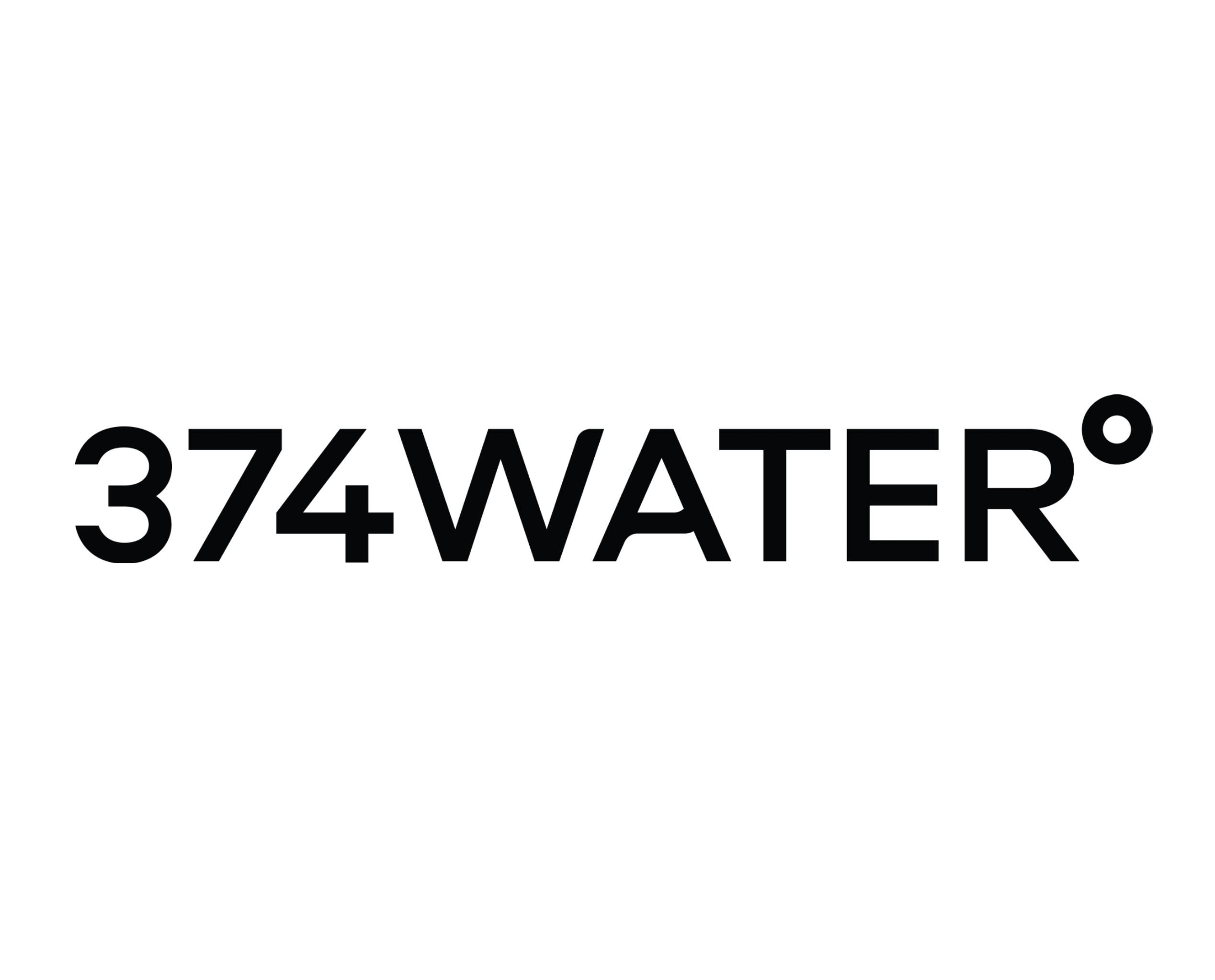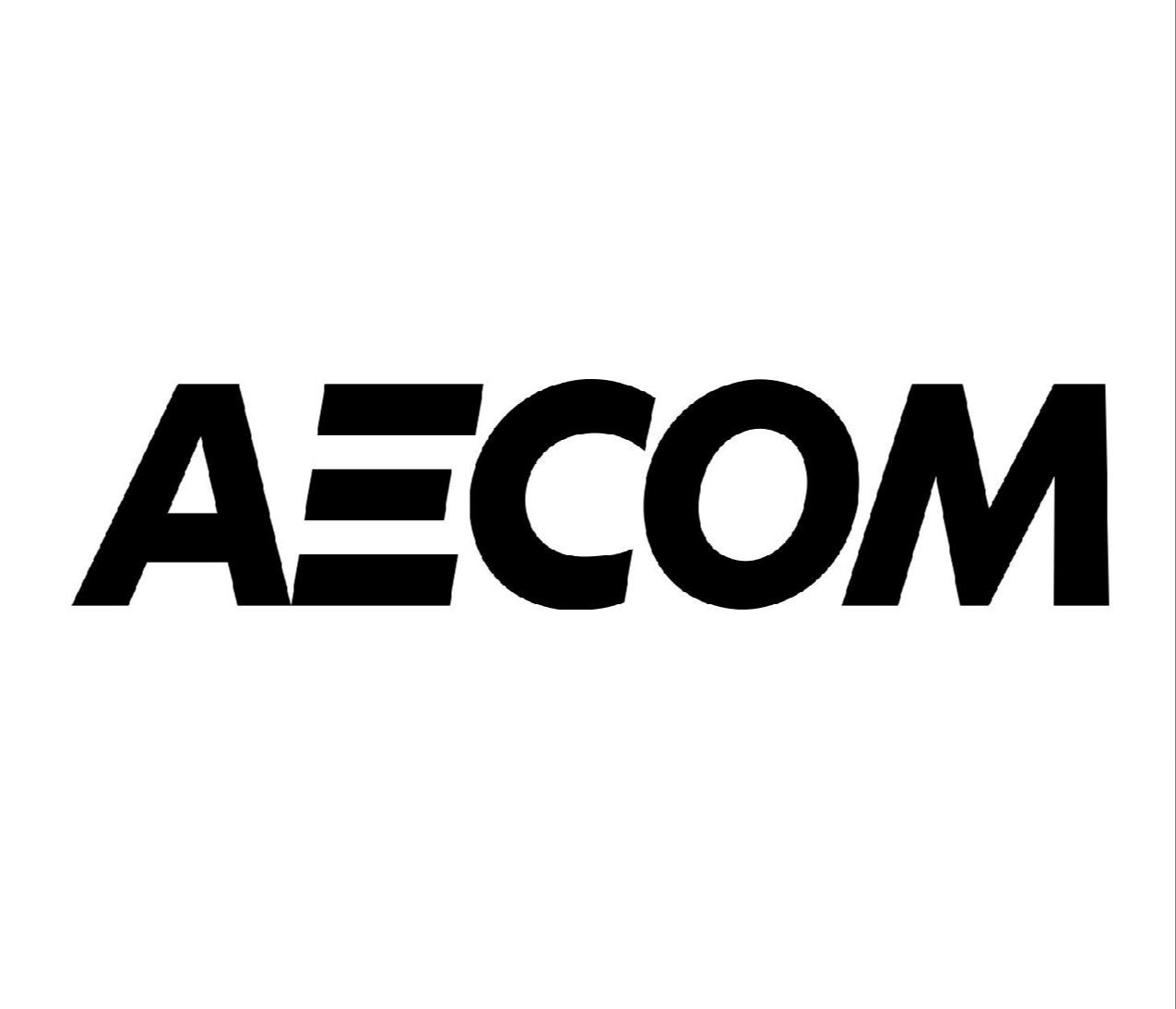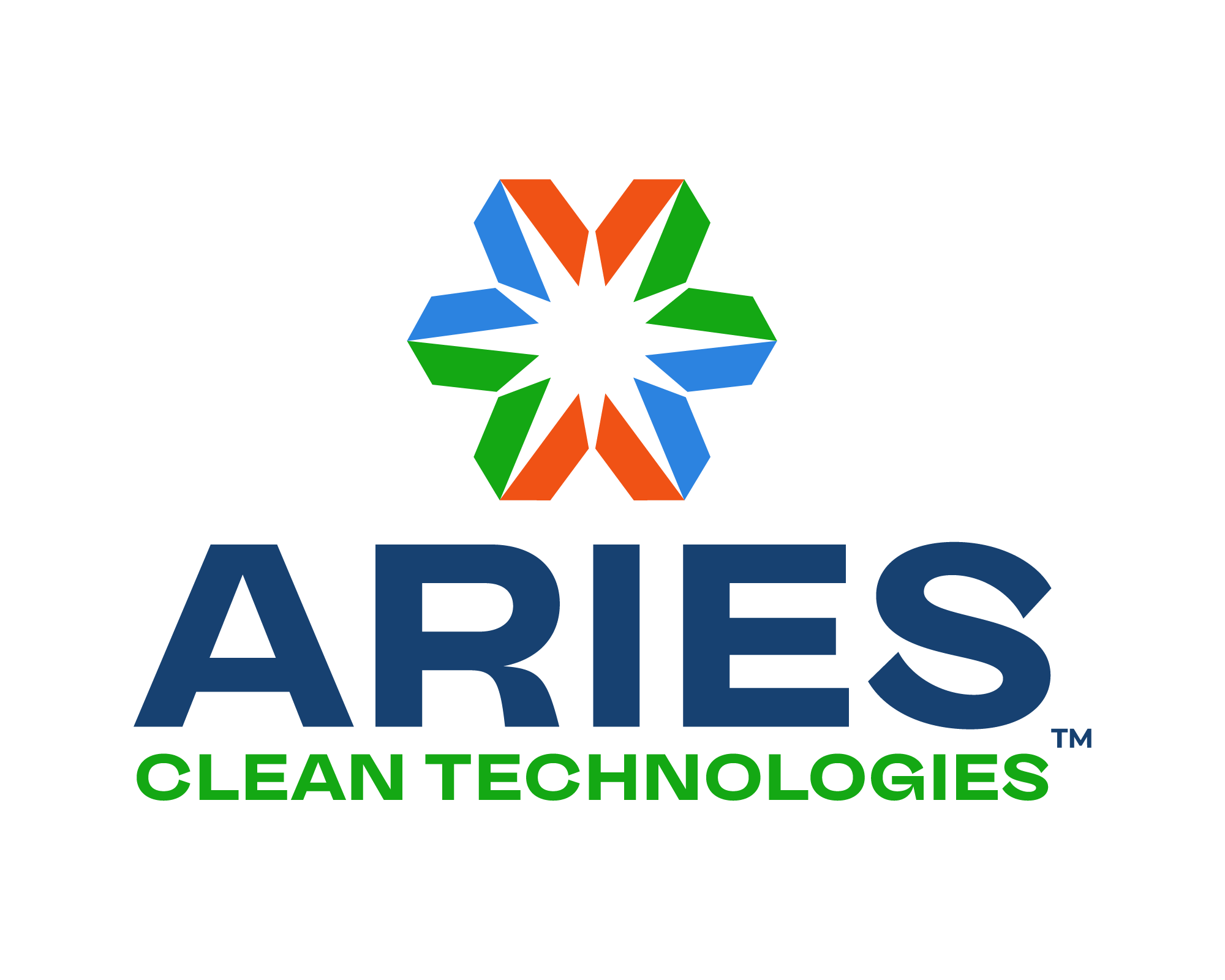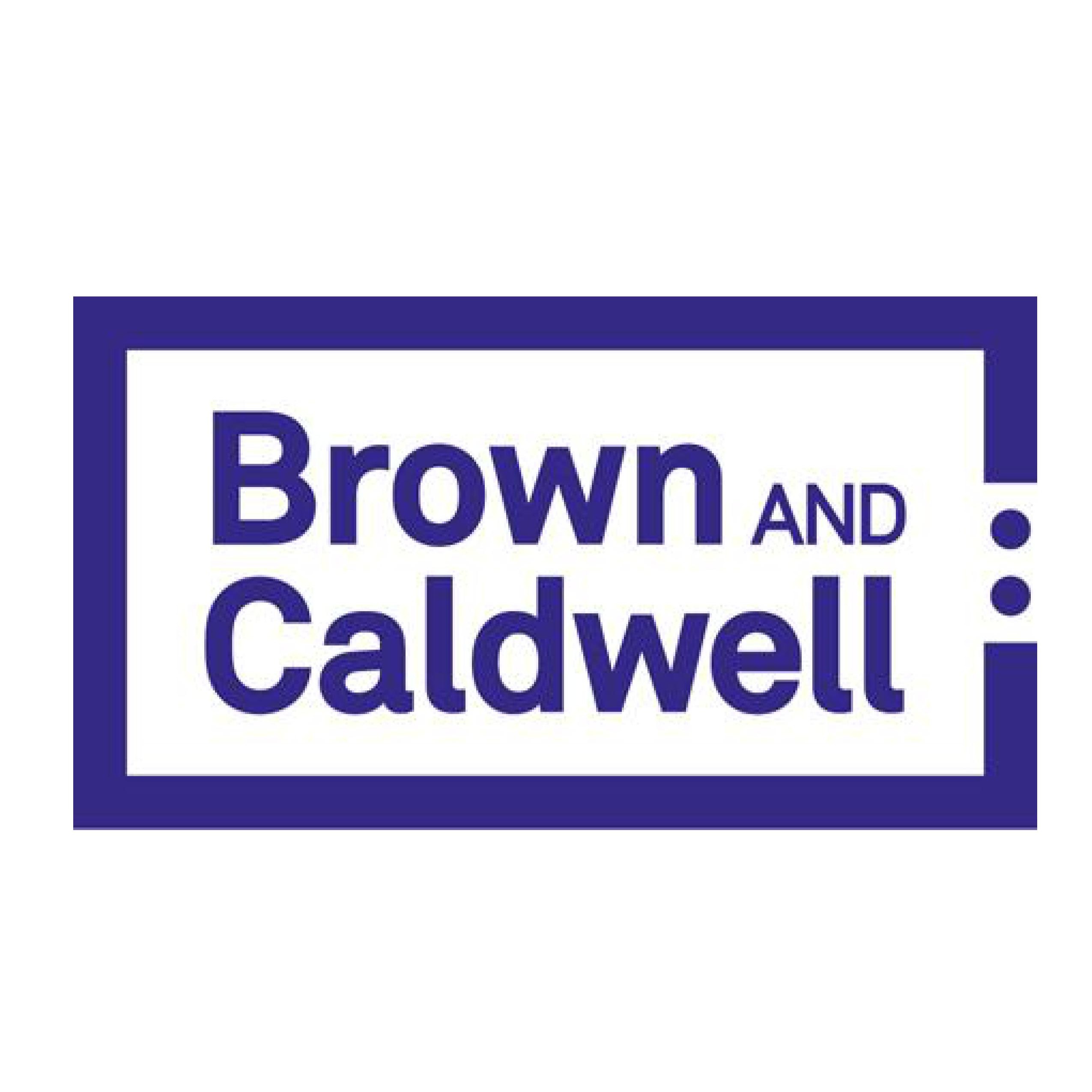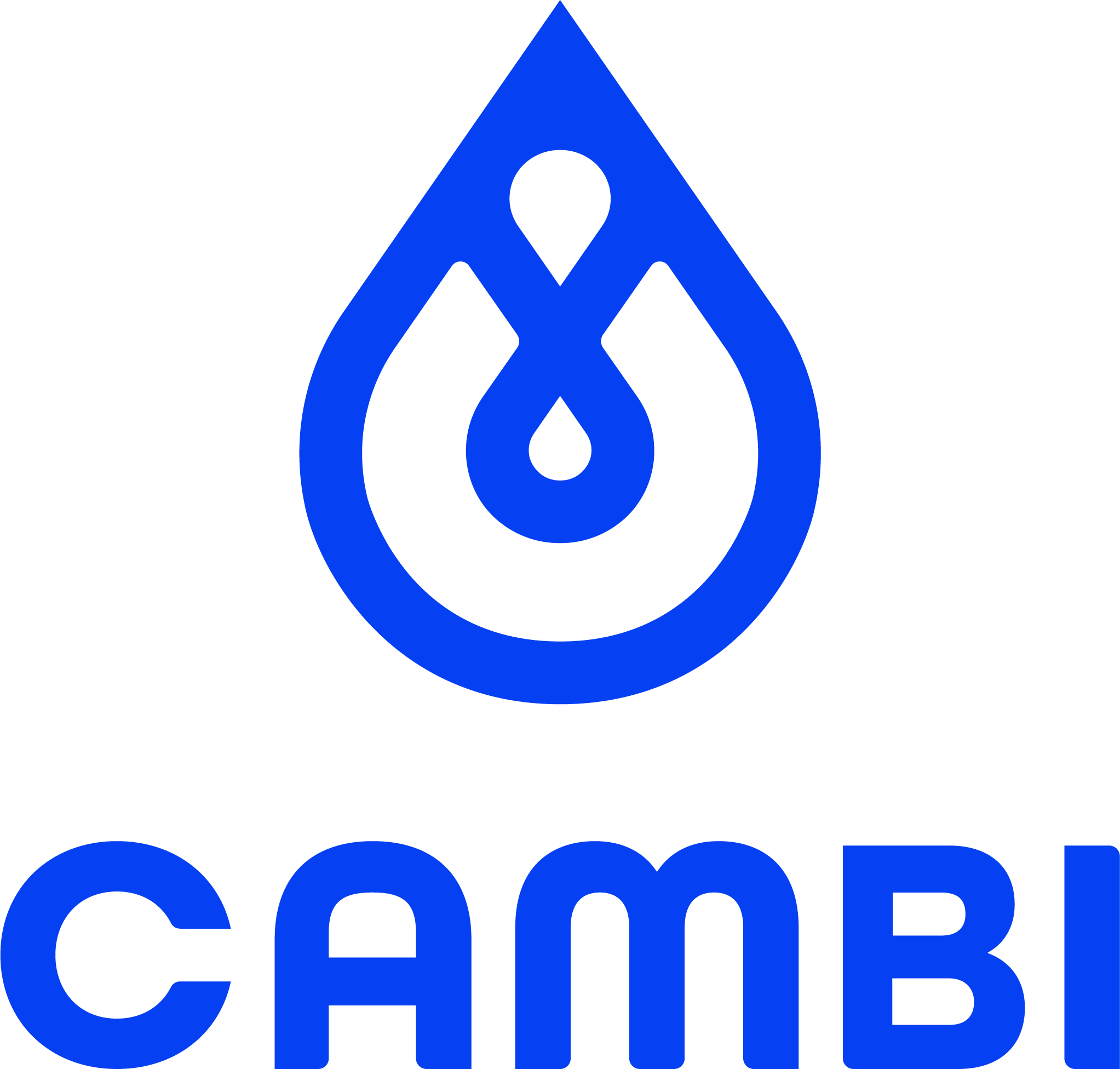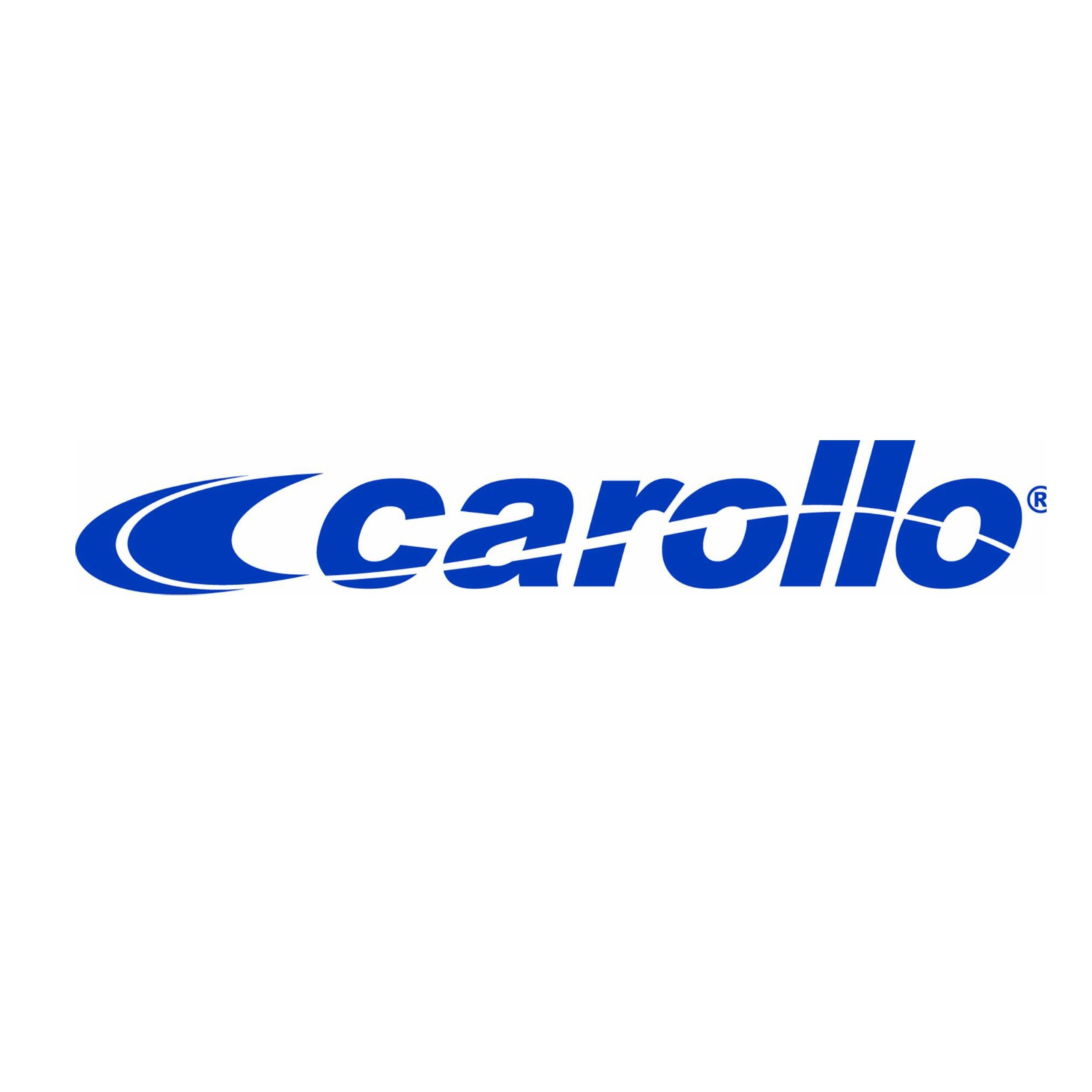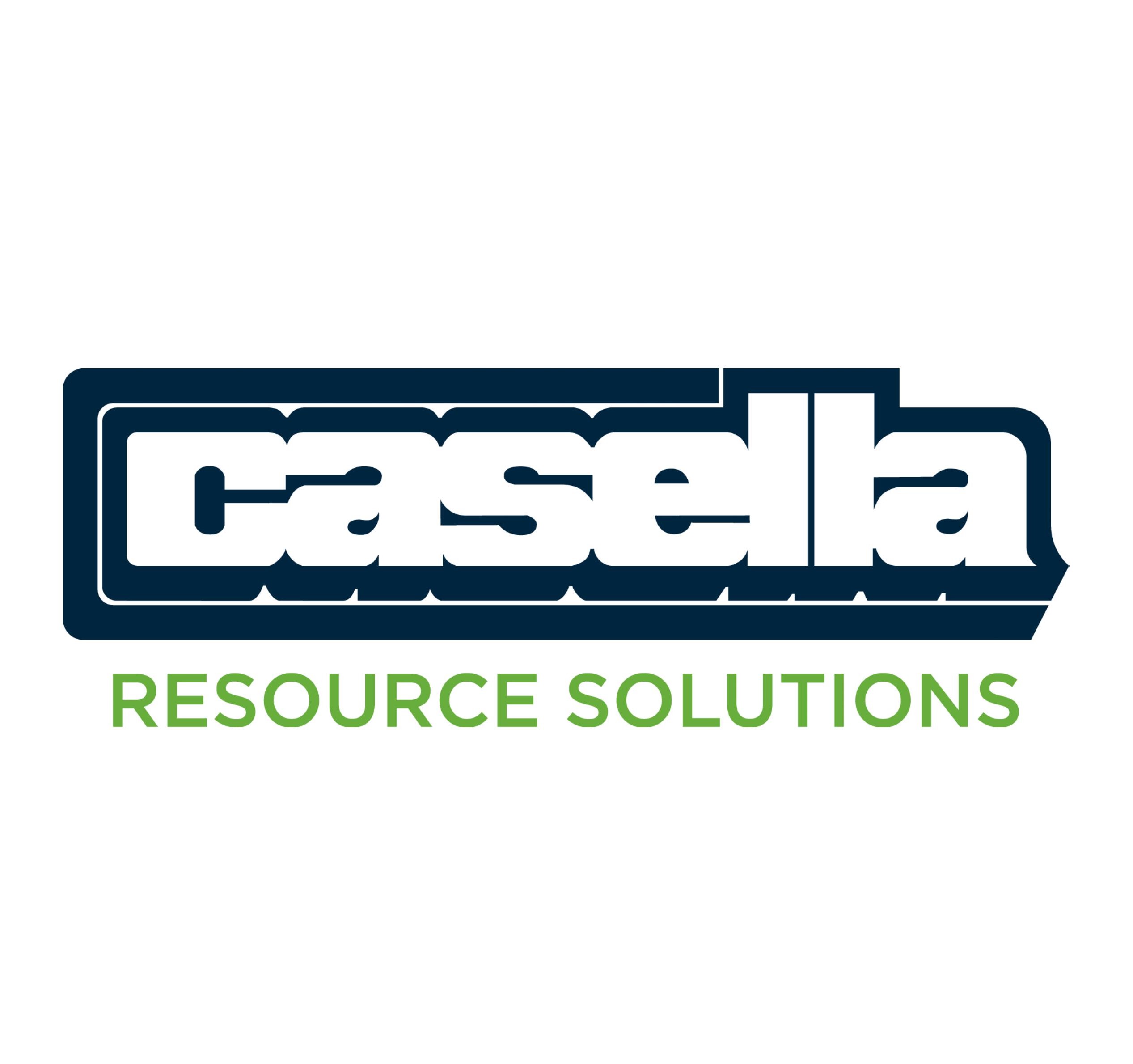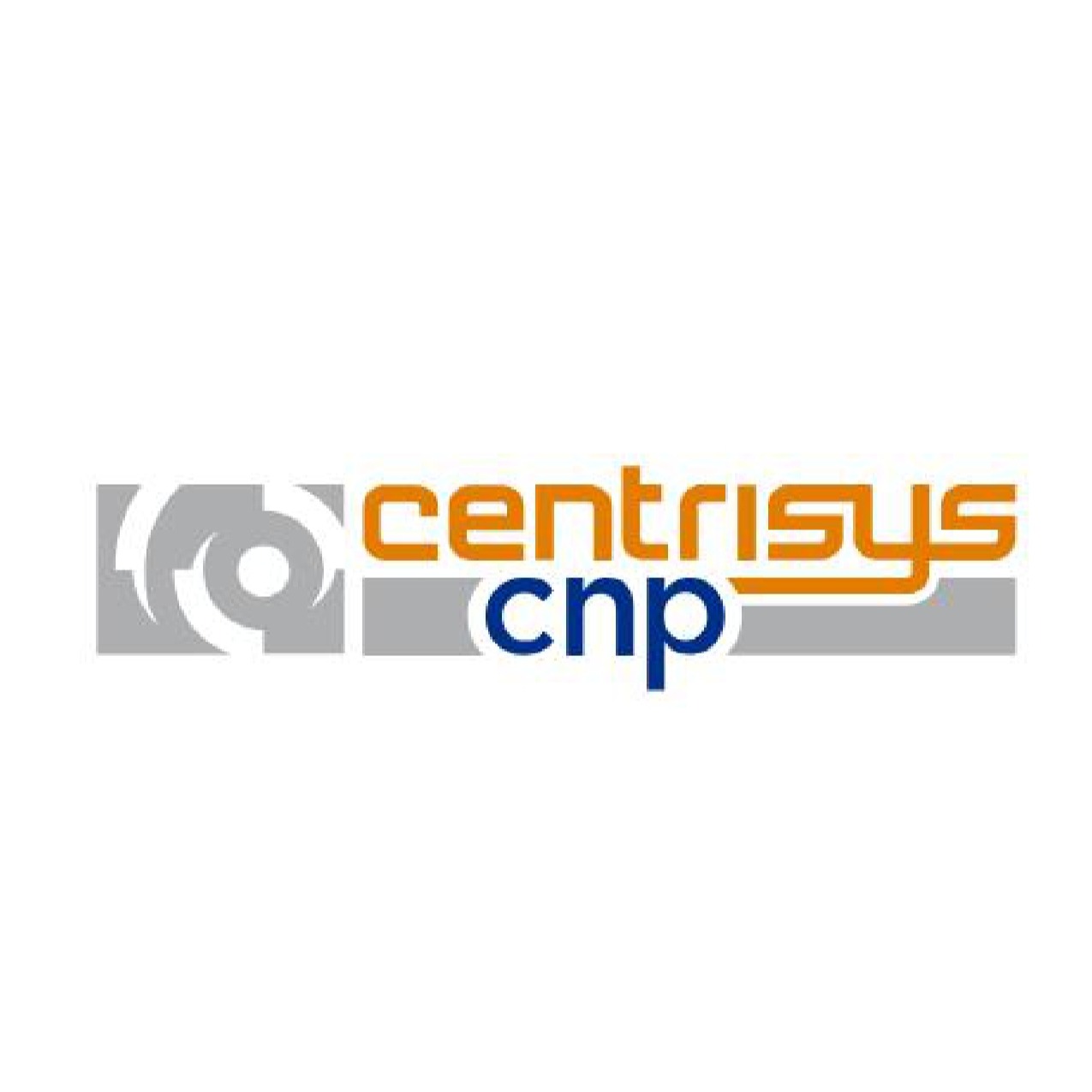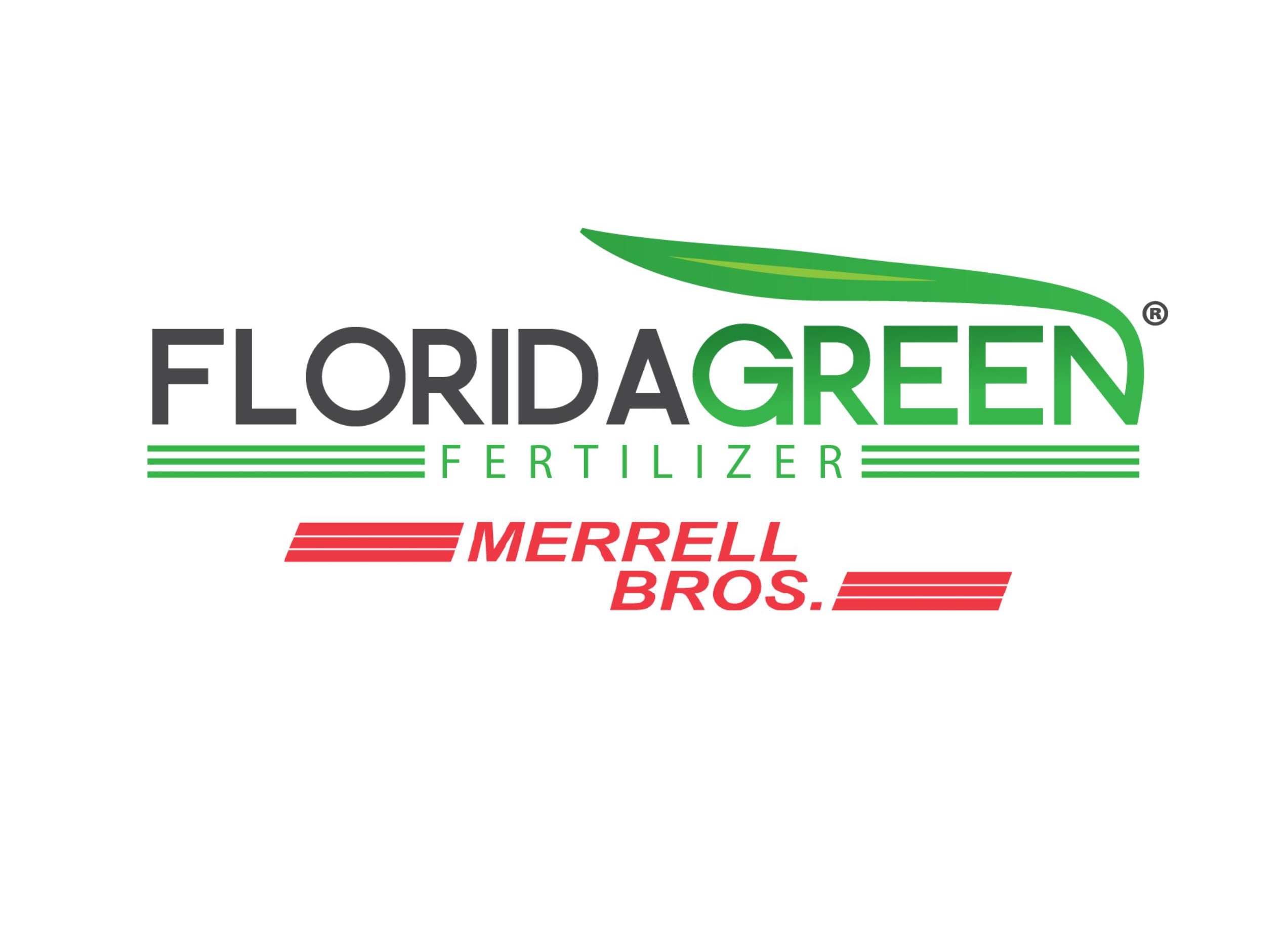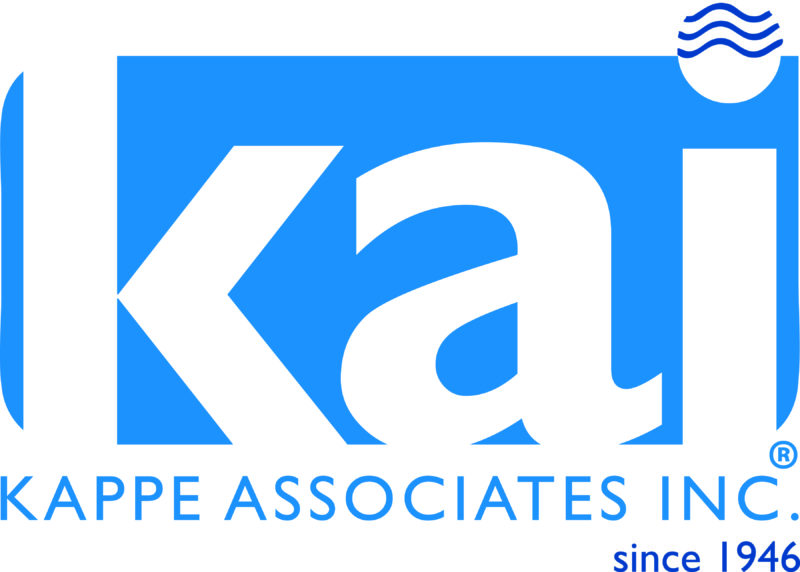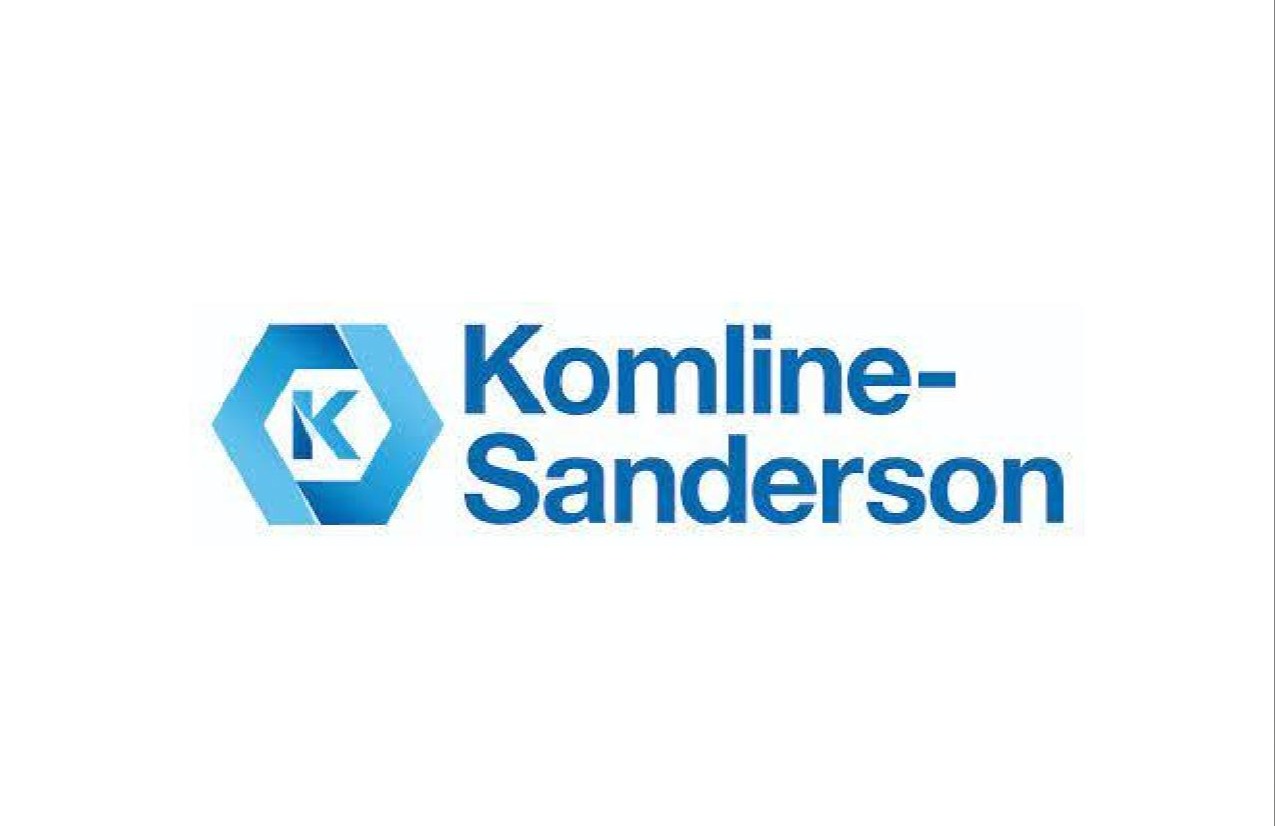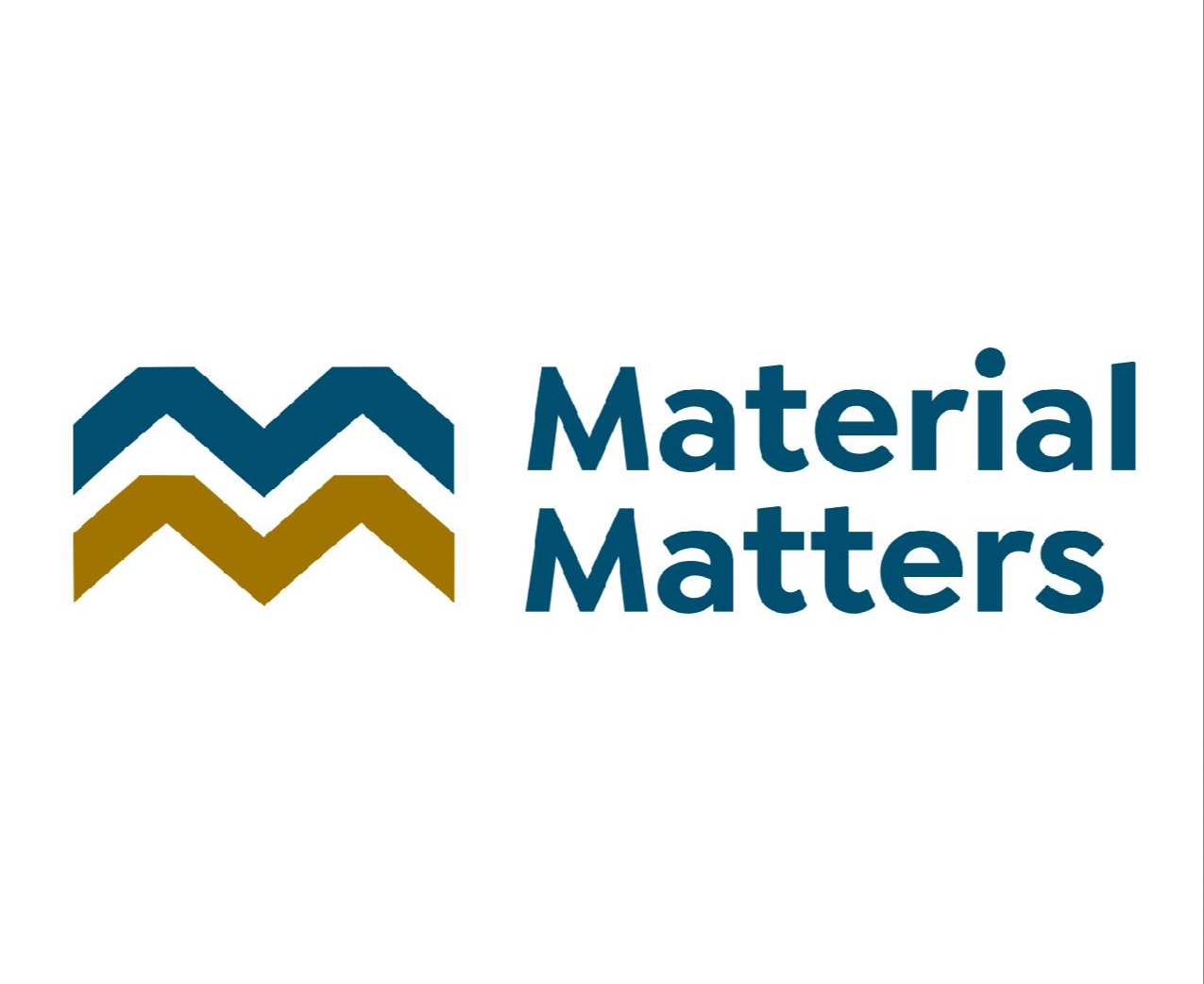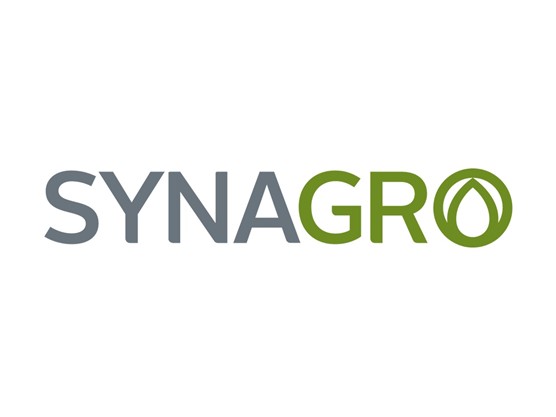- Login
- Home
- MABA
- MABF
- What's New
- Events
- Resources
- Biosolids Advocacy Fund
- Contact Us
FAQsFact Sheets & Helpful Information SheetsWhat is wastewater? Wastewater comes from home kitchens, bathrooms, and laundries, as well as from process and wash-water from industries and businesses. In this region, it is treated in septic systems or at wastewater treatment facilities. Here is a WATER FACT SHEET What is in wastewater? Wastewater is mostly water (about 99.5%). Less than 1/2% is suspended and dissolved solids which must be removed so the water can be returned safely to the environment. The solids are either inorganic (sand, grit, nutrients such as nitrogen and phosphorus, salts, and metals) or organic (primarily waste products of animal or vegetable origin, but also a variety of synthetic chemicals). Wastewater also contains living organisms such as bacteria, some of which come from the human digestive system; some may be pathogenic (causing disease). Why do we have wastewater treatment? Wastewater treatment is necessary to protect public health and the environment. Discharging raw sewage into lakes and streams harms those environments and can spread disease. In lakes and streams, native bacteria, algae, and other microscopic organisms (microbes) use the waste as food. These microbes eat and reproduce, using the available oxygen dissolved in the water. If too much waste enters a waterbody, the microbes will use too much of the available oxygen needed by fish and other aquatic life. How does wastewater treatment work? Wastewater treatment plants mostly use the same biological and physical processes by which water is cleaned in nature. The steps to clean water include industrial pre-treatment, preliminary treatment, primary treatment, and secondary treatment. What are biosolids? Biosolids are the mostly organic solids resulting from the treatment of wastewater. They are rich in nutrients such as nitrogen and phosphorus and contain other supplementary nutrients such as potassium, sulfur, magnesium, calcium, copper, and zinc. What is more, the constituent elements in biosolids reflects elements and compounds that are present in food and other consumable or wearable products we use in daily living. Here is a basic set of Questions and Answer (BASIC Q & A SHEET) that may help to direct you to bottom-line facts. Those of your neighbors employed in wastewater treatment and biosolids re-use are environmentalists and public servants. Our national organization, the Water Environment Federation (WEF), with some 30,000 members across the country, are committed to public and environmental safety. This is WEF's BIOSOLIDS FACT SHEET. Federal regulation that sets minimum standards for biosolids production and use were first promulgated in 1993, but the science that is the foundation of these regulations has continued. Environmental scientists from around the country have been engaged in this work and continue to find the regulations protective, and, what is more, is an environmentally sustainable practice. One SUSTAINABLE LAND APPLICATION: AN OVERVIEW was prepared by a group of agricultural scientists drawn from around the country, and a second, SUSTAINABILITY OF LAND APPLICATION OF CLASS B BIOSOLIDS, is by a team at the University of Arizona. Where do the biosolids come from? The solids or "sludge" collected from the primary and secondary treatments are mixed together and undergo further treatment. Most often, these combined solids are "dewatered" to make a more manageable, semi-solid material. Dewatering usually involves centrifuges, vacuum filters, drying beds, or presses that remove excess water. The solids are also "stabilized" by some form of digestion (aerobic or anaerobic), and/or composting, or some other treatment. There are stringent U. S. federal guidelines (the federal "Part 503" regulations of the U. S. Clean Water Act) which identify approved treatment processes. These stabilization processes reduce pathogens (microscopic organisms that can cause disease in humans) and odors. They also make the solids less attractive to "vectors" (animals that can carry pathogens, such as flies). Only once they have been through these treatment and testing procedures can "sludges" be called "biosolids" and used as fertilizers and soil amendments. What is industrial pretreatment? Certain industries create wastewater that contains unacceptable levels of chemicals or metals. These industries must pre-treat their wastewater before sending it to the community wastewater treatment facility. Pretreatment regulations were developed under the U. S. Clean Water Act. These regulations ban the discharge of any toxic substance that might...
What types of industries are subject to pretreatment requirements? The U. S. EPA has specific pretreatment regulations for 29 industrial categories ranging from textiles and chemical manufacturing to leather tanning and electronics. Who enforces pretreatment regulations? State and local governments or wastewater treatment facilities usually enforce pretreatment programs. Usually, permits are required before industrial discharges to the community treatment facility are allowed. Reporting and monitoring requirements are also usually set by state and local regulatory agencies. Who enforces pretreatment regulations? State and local governments or wastewater treatment facilities usually enforce pretreatment programs. Usually, permits are required before industrial discharges to the community treatment facility are allowed. Reporting and monitoring requirements are also usually set by state and local regulatory agencies. How is pretreatment done? Industries use physical, chemical, or biological methods to pretreat their wastewater. Examples of each are as follows:
What is Preliminary Treatment? Preliminary treatment is the initial physical screening of wastewater at a wastewater treatment facility. This process removes debris such as rags, wood, and plastics. What is Primary Treatment? At a wastewater treatment facility, after grit and debris are removed, wastewater flows into a large sedimentation tank or "clarifier." Here wastewater is held relatively motionless for several hours. Solids settle and collect on the bottom; these are called "primary solids" or "primary sludge." Grease and oils float to the top and are removed for either further treatment or disposal at a landfill. Preliminary and Primary Treatment remove about 50-65% of the solids in wastewater. What is Secondary Treatment? Secondary treatment is a biological process which relies on the same microbes that clean natural waterways. After primary treatment, wastewater is held in another large tank in which microbes feed on the suspended and dissolved solids in the wastewater. Treatment plant operators carefully monitor and control the temperature, pH (acidity), and amount of oxygen in the wastewater to ensure the health of the working microbes. Gradually, older microbes, which have eaten their fill, die and settle to the bottom. They take with them the suspended and dissolved solids that they consumed. The nearly pure water flows out of the top of the secondary treatment tank and is disinfected prior to being released into a river, ocean, or groundwater. The collected "secondary solids" are mixed with the "primary solids" and, if they are going to be recycled, treated and tested. Secondary treatment removes about 85% of the remaining suspended solids and nutrients. What about pathogens in biosolids? Pathogens are microscopic organisms that can cause disease in humans. They are found in wastewater and the solids removed from wastewater. Required biosolids treatment processes reduce the levels of pathogens, reducing risks from biosolids recycling. As noted by the National Research Council of the U. S. National Academy of Sciences, there have been no confirmed outbreaks of infectious disease associated with exposure to properly treated and utilized biosolids. However, concerns remain about possible public exposure to pathogens from Class B biosolids applied to land, and research is ongoing. The latest research does not show any risks of significance to neighbors, as explained in this AIRBORNE RISKS FACT SHEET. One of the organisms that has been wronly implicated as transmitted by biosolids is Staph. This is a commonly occurring organism on the human body. The precise mechanism by which it turns pathogenic is not known, and some variants are resistant to antibiotic treatment, which makes ita scary pathogen. But is very nearly absent from wastewater and compost, as these environments are hostile to the organism's survival. Here is FACT SHEET ON STAPH. Are there differences in the levels of pathogen reduction? What is "Class A" and "Class B?" The U. S. federal Clean Water Act Part 503 regulations identify two classes of pathogen reduction: Class A: Class A biosolids undergo a "Process to Further Reduce Pathogens (PFRP)." Pathogens are reduced to a level similar to the native soil and environment. Class A biosolids products can be used on home lawns and gardens, parks and golf courses, and other places where public contact is likely. Class A biosolids products available in our region include composted biosolids, lime pasteurized biosolids, and fertilizer pellets. Class A biosolids products are sometimes ingredients in soil amendments, potting soils, and slow-release fertilizers. One of the popular soil products made from biosolids is compost. It is approved for use in turf and landscape plantings, but also for garden use, including vegetables. Download here a FACT SHEET ON LAND APPLICATION OF COMPOST. Class B: Class B biosolids undergo a "Process to Significantly Reduce Pathogens (PSRP)." This means that, while pathogens are significantly reduced to levels which are often below those found in animal manures, additional best management practices ("BMPs") and restrictions on public access are required at the site where they are used. In the mid-Atlantic region, Class B biosolids are used in bulk as fertilizers in agriculture and forestry and to reclaim barren lands. Site permits are required for Class B biosolids use. The environmental and public health risks and benefits of Class B biosolids were well discussed in a recent peer-reviewed article. What type of monitoring is undertaken during the wastewater treatment process? Wastewater treatment facilities constantly monitor incoming wastewater, internal flows, outgoing clean water ("effluent"), and biosolids to properly control the treatment process. Each facility must document compliance with the requirements of the federal Clean Water Act, including, in the U. S., the "Part 503" regulations.All states in our region also have state regulations which impact wastewater treatment and biosolids management. Monitoring requirements include...
Download a SAMPLING FACT SHEET here. What types of testing are undertaken? There are several types of testing:
Is biosolids recycling safe? How do we know? Yes. Here is a FACT SHEET ON BIOSOLIDS SAFETY. When properly managed in accordance with federaland state regulations and best management practices, the risk to public health and the environment from recycling biosolids are negligible. Federal and state standards and management practices for biosolids recycling were developed from a detailed scientific risk assessment completed by the U.S. Environmental Protection Agency (EPA). Input included research and expertise from the U.S. Department of Agriculture and premier universities including the Universities of Arizona, California, Colorado, Florida, Maine, Michigan, Massachusetts, Minnesota, New Hampshire, Oregon, Vermont, Washington, Colorado State, Ohio State, Penn State, and Cornell Universities. The National Research Council of the National Academy of Sciences stated in its 1996 review of biosolids recycling: "While no disposal or reuse option can guarantee complete safety, the use of these materials in the production of crops for human consumption, when practiced in accordance with existing federal guidelines and regulations, presents negligible risk to the consumer, to crop production, and to the environment" (National Research Council, 1996). To download EPA documents about the Part 503 risk assessment, go to our Links page What about heavy metals? Biosolids contain trace amounts of "heavy metals," as do natural soils, manures, and commercial fertilizers. These trace elements come from human wastes, household plumbing systems, household products, businesses, and industries. The U.S. EPA and university researchers around the continent have studied the potential risks from these trace metals and U. S. EPA, state, and provincial regulations set maximum levels in biosolids to ensure protection of public health and the environment. Because of required industrial pretreatment and the risk-based standards for biosolids recycling, the risks posed by trace metals in biosolids are minimal. Note that many of the regulated metals in biosolids are beneficial in proper amounts. Chromium, copper, iron, manganese, selenium, and zinc are micronutrients for plants, animals, and humans (look what’s in a multi-vitamin and mineral tablet). It is sometimes the presence of these micronutrients that accounts for the greater effectiveness of biosolids as fertilizer when compared to traditional chemical fertilizers. In fact, the deficiency of micronutrients in farm soils, while not a popularized environmental issue, is a concern for many scientists looking to the challenge of increasing world populations and limited soil productivity. Here is a FACT SHEET ON SOIL. What about organic chemical compounds? There are many chemicals used in society today. Tens of thousands can be found in small amounts in wastewater. But, because wastewater treatment includes many different physical, chemical, and biological processes that break down chemicals, those that remain in biosolids are considered by scientists that have studied them the most to present little risk. The 1989 National Sewage Sludge Survey conducted by the U.S. Environmental Protection Agency (EPA) found that chemicals of concern at that time (e.g. "priority pollutants") are generally either not present in biosolids or are found only in very low concentrations. The EPA risk assessment included many such chemicals and determined that, at the levels found in biosolids, they pose negligible risk to public health and the environment. There are two groups of organic chemical compounds that are of great public concern: PCBs and dioxins. Both are banned from use, but are, unfortunately, present in varying amounts throughout the environment. Surveys of biosolids have shown that while these compounds are sometimes found in biosolids, they are at levels similar to background levels or levels found in other commonly used products. For instance, surveys of New England biosolids products have found that dioxin levels are below the conservative risk-based standard of 27 parts per trillion established by the State of Maine. In the mid-2000s, EPA evaluated the risks from dioxins and co-planar PCBs in biosolids applied to land and determined no need to regulate them. During the 2000s, there has been increasing awareness of the presence in the environment of chemicals from flame retardents and pharmaceuticals and personal care products (PPCPs). The potential for risk to public health from the presence of these substances in biosolids is small compared to human exposure from direct use of the products containing them. Will the use of biosolids adversely impact nearby surface waters and/or groundwater? No. Properly treated and properly managed biosolids products do not have a negative impact on surface water or groundwater quality. As with any fertilizer or soil amendment, best management practices must be followed to prevent impacts via surface water runoff or via leaching to groundwater. By law, biosolids recycling programs in the region must follow such best management practices; the same is generally not true for the use of manures and chemical fertilizers. The fact is, some biosolids recycling programs have causedimprovements in the quality of surrounding water bodies. How? By enriching soils and helping vegetation grow more vigorously. This results in reduced soil erosion and stabilization of on-site contaminants that had previously contributed to stream and groundwater pollution. Increasingly, berms and other stormwater control systems use biosolids composts. Will the value of my property be adversely impacted if biosolids are used in my neighborhood? No. Studies have shown that biosolids are beneficial. Indeed, by using biosolids, farmers and other landowners are managing the nutrients and processes on their properties more carefully and responsibly than the average landowner. In addition, those who use biosolids may be benefiting from a more efficient fertilizer option, thus helping their farm fields or other open lands be more profitable. The more profitable their operations are, the more likely it is that farmers and other landowners will keep their properties green and open for the neighborhood to enjoy. A broad overview of the contribution of biosolids recycling to the Pennsylvania economy was studied several years ago by the Center for Rural Pennsylvania, and is available here for download. What about odors? Some biosolids products create unpleasant odors, and some do not. Many Class A biosolids products (e.g. cured compost, fertilizer pellets) have only a slight earthy smell. Some bulk Class B biosolids products have odors similar to animal manures used to fertilize farm fields. Some produce very strong malodors, and these biosolids should be managed with care and applied to isolated sites with no close neighbors. As with manures, when any bulk Class B biosolids are land applied, some odors are possible, but they are usually temporary and disappear when the biosolids are tilled into the soil or within a day or two. State regulations require farmers and biosolids managers to have "good neighbor" policies that reduce the possible impacts of odors associated with biosolids land application programs. However, there are a few poorly managed biosolids programs and MABA encourages such programs to change their ways. And there are occasional situations where unusual circumstances lead to unusual levels of malodors. How can I know that biosolids are being properly managed? State regulations allow for public input in Class B biosolids recycling projects. Most wastewater treatment facilities are public and share their testing and process information willingly. You can learn more about biosolids recycling by contacting your local wastewater or biosolids treatment facility. You can visit biosolids recycling operations and get copies of permits and other documents. State regulators and wastewater treatment personnel are glad to share information about biosolids production and recycling – just ask. If you are unsure who to call, contact MABA for referrals. What options are available for biosolids and other residuals? Recycling, incineration, or landfill disposal are the only legal options for managing biosolids and other residuals. All three options have costs and risks associated with them. Biosolids recycling provides a cost-effective and environmentally sound option and is the option of choice of many federal, provincial, and state environmental regulatory agencies. However, decisions regarding management of local biosolids are made at the local public wastewater treatment facility. Importantly, biooslids is resource that is valuable for to landowners for its nutrients and organic matter content. hHen available from wastewater agencies, the landowner will find the material of unsurpassed performance at almost no cost. Her is a IMPORTANCE TO FARMERS FACT SHEET. What are some of the costs, benefits, and risks associated with incineration? Burning biosolids or other residuals ("incineration") significantly reduces their volume and weight, producing an ash. This ash is most commonly landfilled, although some is recycled on land or in cement or other building materials. Incinerators require significant capital investment and have relatively high operational costs. Because biosolids are mostly water (70% - 98%), the energy costs to burn them can be significant, although some energy can be recovered from burning the solid portion. Expensive and sophisticated air pollution control systems are needed to remove particulates and gases from incinerator smokestacks. Incineration can release nitrous oxide, a powerful greenhouse gas. Incineration of biosolids does not take advantage of the nutrients and soil-building qualities in biosolids/residuals. Incineration has been used extensively in southern New England and in our region where population is dense and agricultural activities are less common. What are some of the costs, benefits, and risks associated with landfilling biosolids? Modern landfills are complex and costly facilities. They must be carefully engineered and monitored to ensure protection of nearby groundwater and surface water. Long-term landfill capacity in the region is limited. Engineering requirements and siting considerations make the construction of new landfills costly and difficult. Biosolids and other organic wastes take up valuable landfill space, and, depending on the design and operation of the landfill, may create problems. In addition, biosolids and other highly-putrescible organic wastes in a landfill setting can quickly release methane to the atmosphere (before methane capture systems become operational); methane is a powerful greenhouse gas. Landfilling of biosolids does not take advantage of the nutrients and soil-building qualities in biosolids/residuals. Is biosolids recycling the right thing to do? Yes!
|

